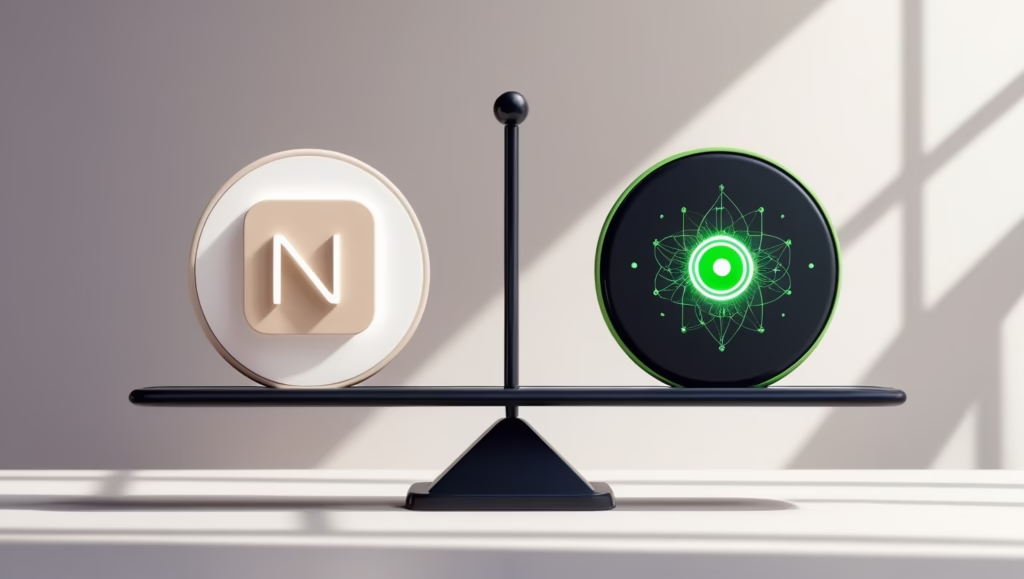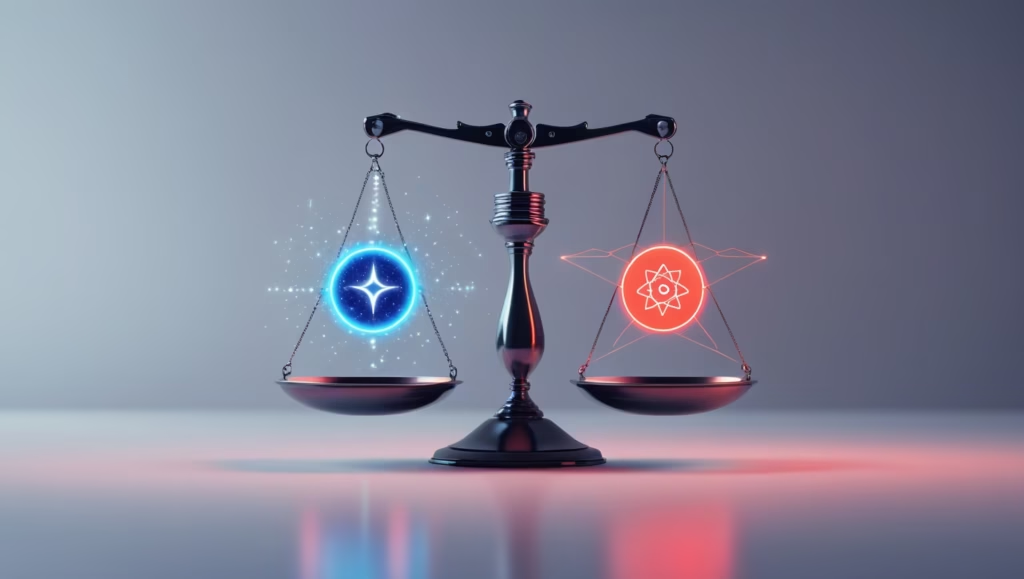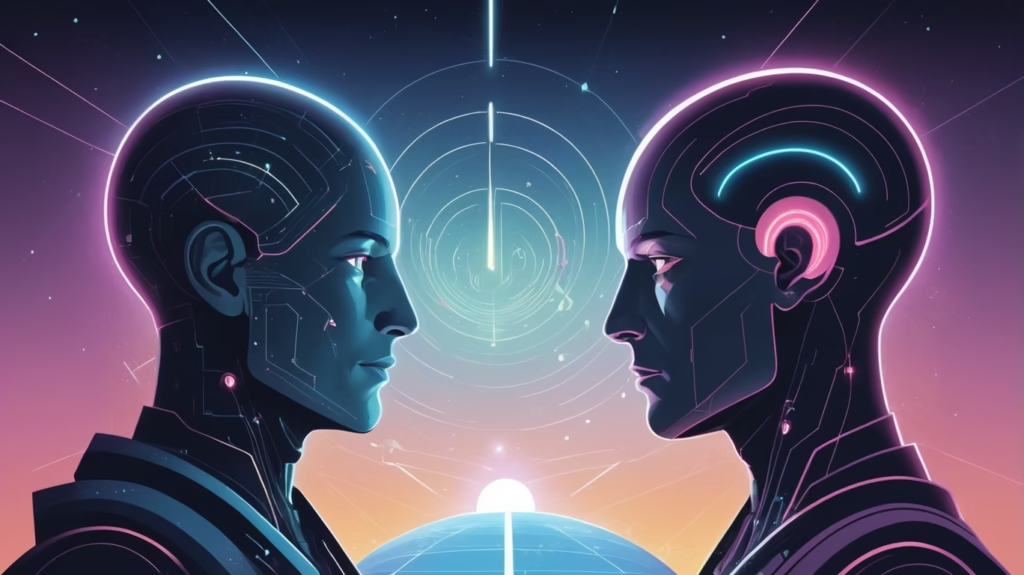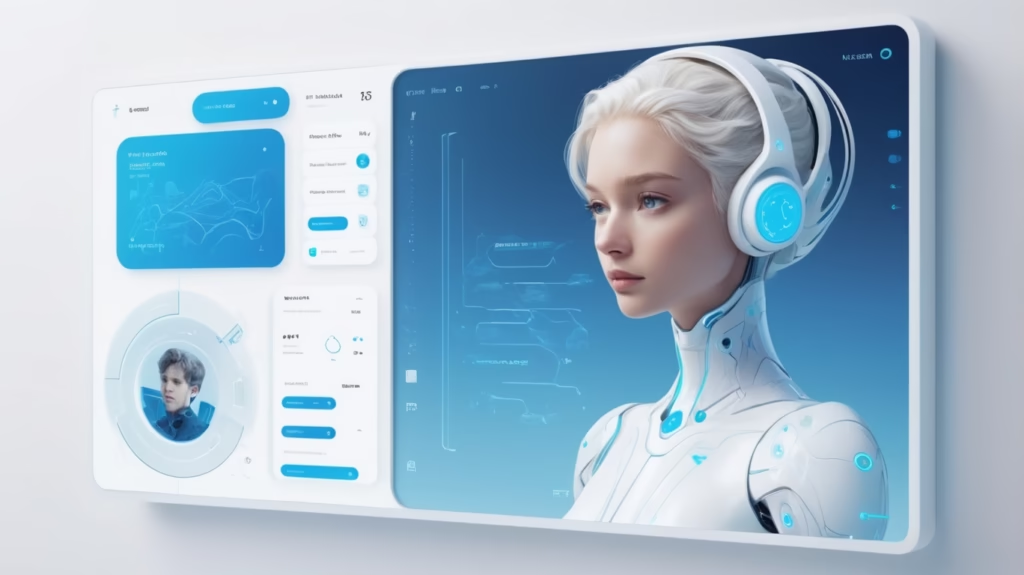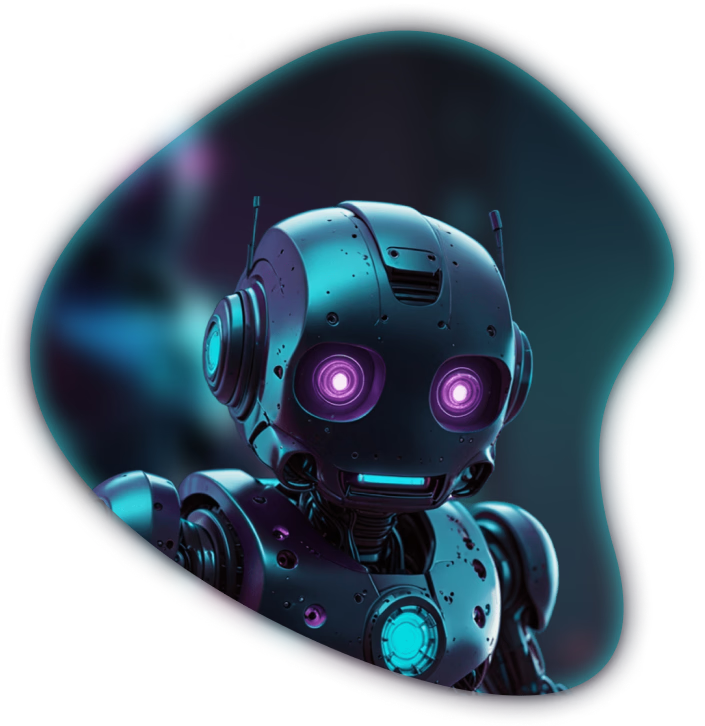Introduction: Let’s Be Honest – Work Is Getting Out of Hand
We’ve all been there. A day full of tabs, notifications, meetings, and trying to remember if you replied to that one email from two days ago. Sound familiar?
What if I told you there’s a way to finally catch your breath—without working less—but working smarter?
Welcome to the world of AI-powered workflow automation.
In this article, we’ll explore how AI workflow tools can make your day more productive, less stressful, and maybe even a little exciting (yes, really). Whether you’re a freelancer, a small business owner, or part of a large team drowning in tasks—this one’s for you.
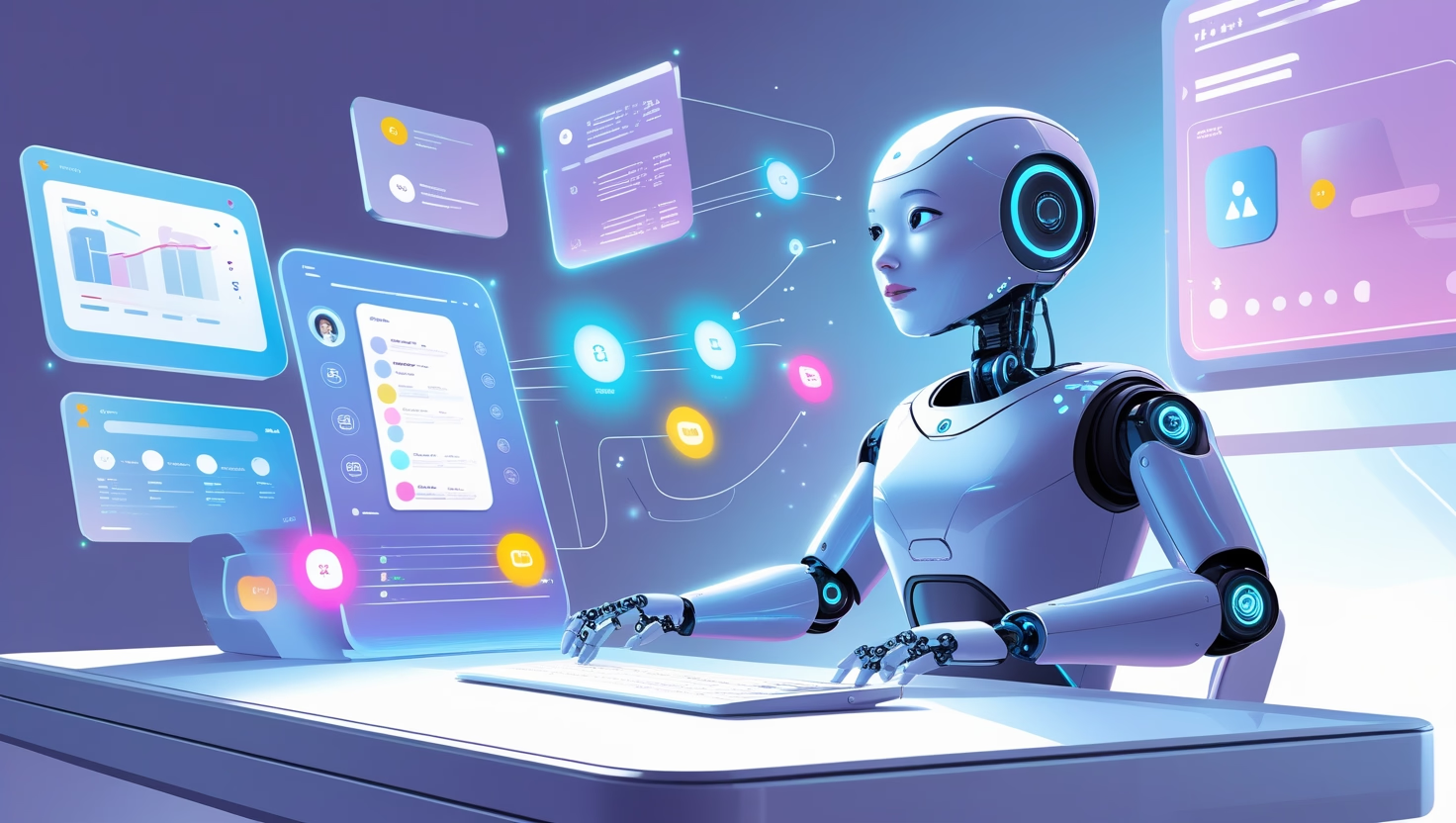
1. What Is AI Workflow Automation?
In simple terms, AI workflow automation is about using artificial intelligence to automate repetitive, manual, or complex business tasks.
But let’s be real—it’s more than just a fancy buzzword.
It’s your invisible assistant that:
Assigns tasks automatically
Sends follow-ups on time
Organizes your project boards
Sorts through your data
Suggests improvements before you even realize there’s a problem
And the best part? It’s working 24/7 without complaining about coffee breaks.
2. Why It’s Time to Embrace Automation
The average knowledge worker spends over 50% of their time on repetitive, admin-heavy tasks.
That’s half your day spent not on innovation, creativity, or decision-making—but on clicking, copying, pasting, and chasing.
Here’s how AI workflow automation changes that:
✅ Time-Saving: Let AI handle scheduling, emails, reporting, and even content drafting.
✅ Consistency: Never miss a follow-up or forget a deadline again.
✅ Accuracy: Reduce human error by letting intelligent systems handle data-heavy work.
✅ Scalability: Whether you have 10 clients or 10,000, automation scales with you.
And yes, it frees up more time for strategic work—or even a proper lunch break (imagine that).
3. Use Cases: Where AI Workflow Tools Really Shine
Let’s get practical. These are real-world examples of AI-powered workflow automation:
🔧 Task Management
Tools like ClickUp AI and Notion AI can:
Automatically generate to-do lists based on your calendar
Summarize meetings into action points
Recommend task priorities
📧 Email and Communication
AI assistants like Superhuman or Flowrite:
Write your emails in your tone of voice
Auto-schedule follow-ups
Categorize and tag incoming messages
📊 Data Entry and Analytics
With Zapier AI or Make.com integrations, you can:
Pull info from forms and send it directly to Google Sheets or Airtable
Visualize data without writing a single formula
Trigger alerts when trends change
🧠 Content Creation
AI tools such as Jasper, Writesonic, or ChatGPT (😉) help:
Draft social posts
Create product descriptions
Generate SEO blog content (you’re reading one right now!)
4. Common Myths: “But AI Will Take My Job!”
Let’s talk about the elephant in the room.
No, AI isn’t coming for your job—it’s coming for your busywork.
Think of AI as your junior assistant, not your replacement. It handles the grunt work so you can focus on strategy, problem-solving, and creativity—things machines can’t do like you can.
If anything, not using AI in the next few years might be more dangerous than using it.
5. Choosing the Right AI Workflow Tools
It’s easy to get overwhelmed with choices. But here’s a good starting point:
| Tool | Best For | Why You’ll Love It |
|---|---|---|
| Notion AI | Content & notes | Built into a tool you already use |
| Zapier | Automation flows | Connects everything with no code |
| ClickUp AI | Project management | Smart prioritization & summaries |
| ChatGPT | Ideation | Versatile + fast replies |
| Airtable | Data workflows | Visual, flexible, and powerful |
Looking for curated lists of the best?
Check out our full collection at 👉 AI Workflow Tools
6. How to Get Started Today (Without Overhauling Everything)
Start small.
✅ Choose one workflow you do daily (like onboarding a client or replying to emails).
✅ Automate just that with a tool like Zapier, Notion AI, or Make.
✅ Test it, tweak it, and expand from there.
Within a few weeks, you’ll wonder how you ever worked without it.
Conclusion: The Future Is Already Here
AI isn’t some future promise—it’s already transforming the way we work, think, and create. And the best part? It’s accessible.
No PhDs in data science required. Just curiosity and the willingness to test.
So if you’re still copy-pasting between Google Sheets and Gmail… maybe it’s time to let AI give you a hand. Or three.

